Technological Advancements
Technological innovations are transforming the CCTV Market, with advancements in camera resolution, storage solutions, and data analytics. The introduction of 4K and 8K resolution cameras has significantly improved image clarity, enabling better identification of individuals and objects. Additionally, the development of cloud storage solutions allows for more efficient data management and retrieval, which is crucial for businesses and law enforcement agencies. The market is also witnessing the integration of artificial intelligence and machine learning, which enhance the functionality of CCTV systems by enabling real-time threat detection and automated monitoring. These technological advancements not only improve the effectiveness of surveillance systems but also attract a broader customer base, including residential users who seek enhanced security solutions.
Increasing Security Concerns
The rise in crime rates and security threats has led to a heightened demand for surveillance solutions, particularly in urban areas. As individuals and businesses seek to protect their assets, the CCTV Market is experiencing significant growth. According to recent data, the market is projected to expand at a compound annual growth rate of approximately 10% over the next five years. This trend indicates that consumers are increasingly prioritizing safety and security, driving investments in advanced CCTV systems. Furthermore, government initiatives aimed at enhancing public safety through surveillance technology are likely to bolster market growth. The integration of high-definition cameras and smart analytics into CCTV systems is also contributing to the industry's evolution, as these features provide enhanced monitoring capabilities and deter criminal activities.
Growing Demand for Smart Cities
The concept of smart cities is gaining traction, leading to an increased demand for advanced surveillance solutions within the CCTV Market. As urban areas evolve into smart cities, the integration of technology into infrastructure becomes essential for enhancing public safety and operational efficiency. CCTV systems equipped with smart features, such as facial recognition and real-time analytics, are becoming integral components of smart city initiatives. This trend is further supported by government investments in urban development projects aimed at improving safety and security. The market is likely to benefit from the growing emphasis on smart city solutions, as municipalities seek to implement comprehensive surveillance systems that can monitor public spaces effectively. This shift towards smart city infrastructure is expected to drive innovation and growth within the CCTV market.
Regulatory Compliance and Standards
The CCTV Market is influenced by various regulatory frameworks and compliance standards that mandate the use of surveillance systems in certain sectors. Governments across different regions are implementing regulations that require businesses to install CCTV systems to ensure safety and security. For instance, sectors such as retail, banking, and transportation are increasingly subject to stringent surveillance requirements. This regulatory push is likely to drive demand for CCTV systems, as organizations strive to comply with legal obligations while enhancing their security measures. Furthermore, adherence to data protection laws, such as GDPR, is shaping the design and functionality of CCTV systems, prompting manufacturers to develop solutions that prioritize privacy and data security. As compliance becomes a critical factor, the market is expected to see a surge in demand for compliant CCTV solutions.
Rising Adoption of Remote Monitoring Solutions
The increasing need for remote monitoring solutions is reshaping the CCTV Market, particularly in the context of businesses and residential users. As more individuals and organizations seek to monitor their properties from remote locations, the demand for CCTV systems with remote access capabilities is surging. This trend is facilitated by advancements in mobile technology and internet connectivity, allowing users to access live feeds and recorded footage from their smartphones or computers. The market is witnessing a shift towards user-friendly interfaces and mobile applications that enhance the remote monitoring experience. Additionally, the rise of subscription-based services for cloud storage and monitoring is making these solutions more accessible to a wider audience. As remote monitoring becomes a standard expectation, the CCTV market is poised for continued growth.

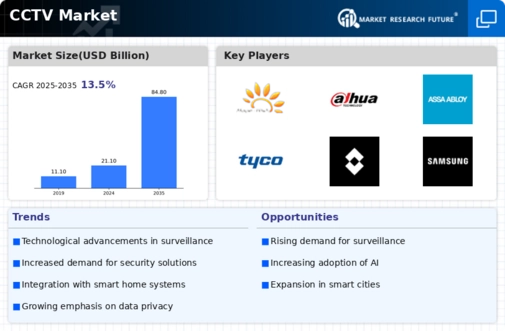
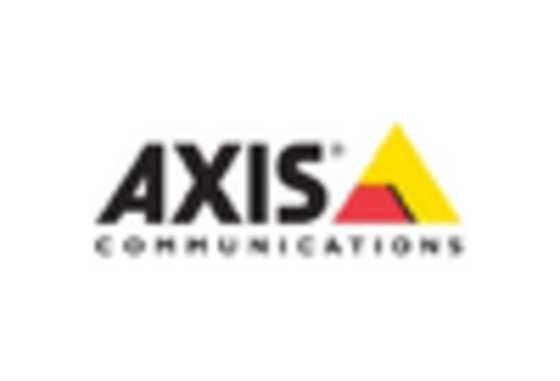
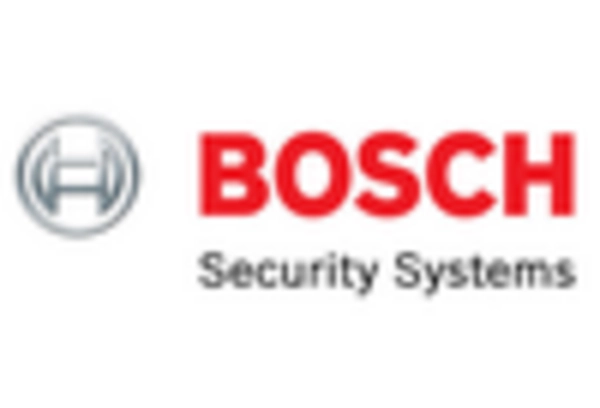


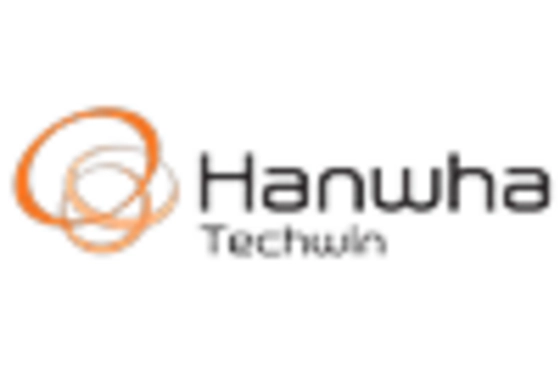
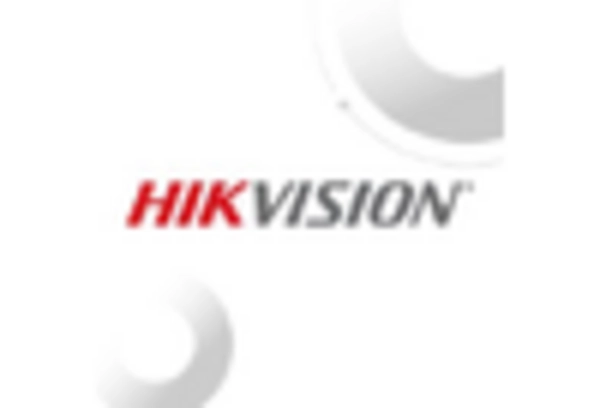








Leave a Comment